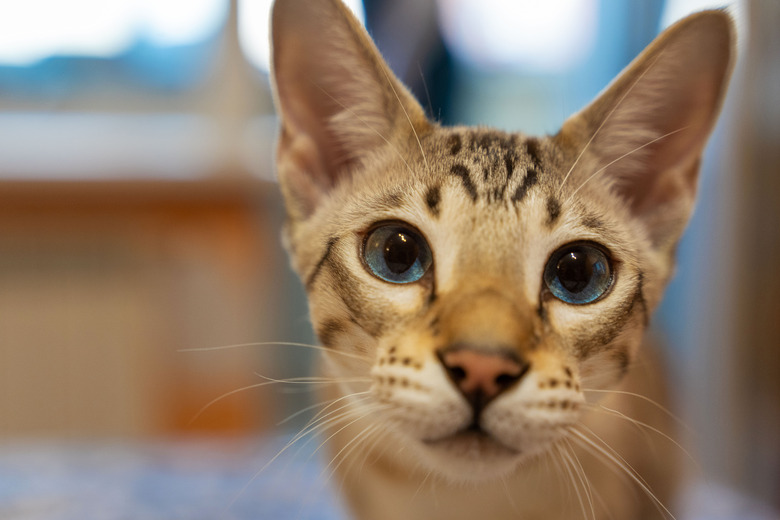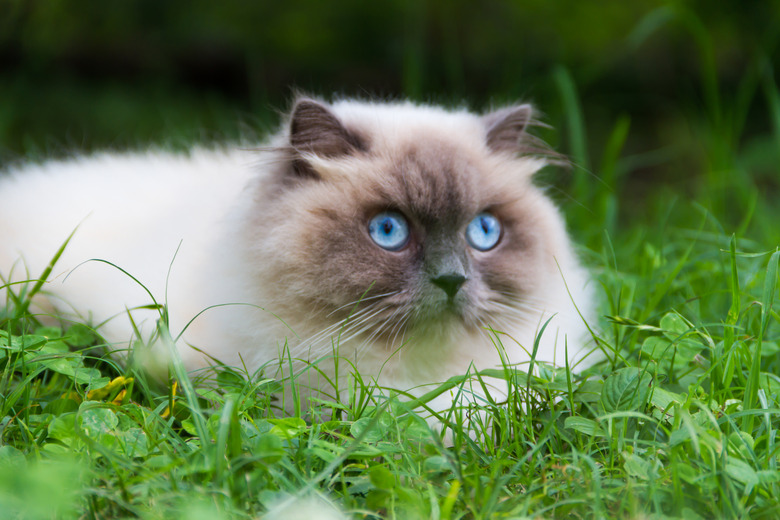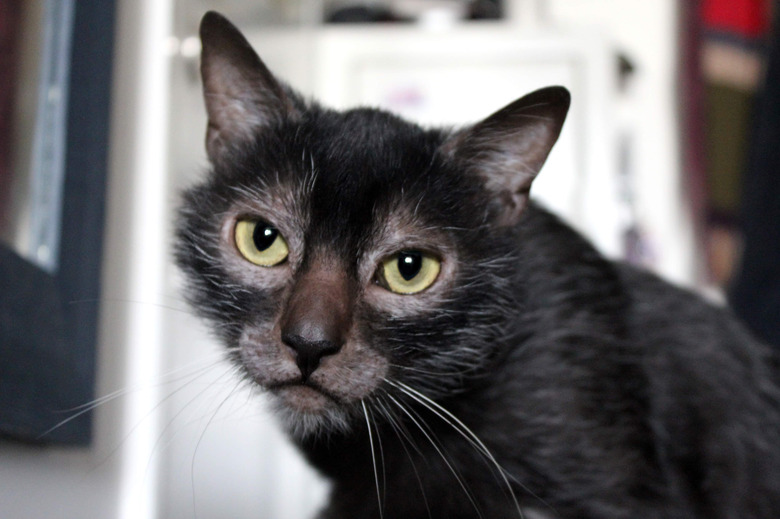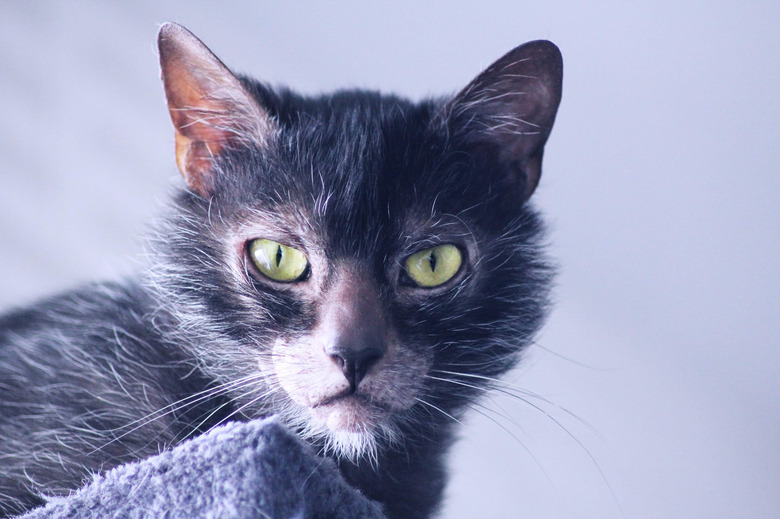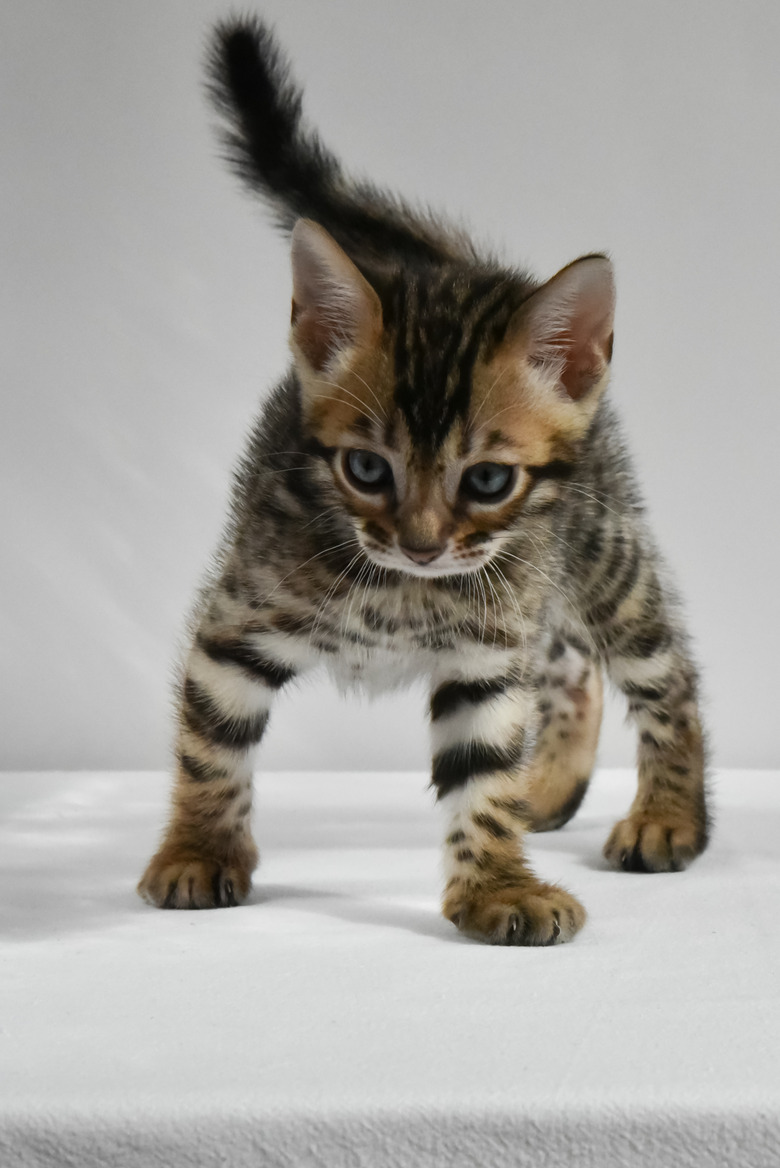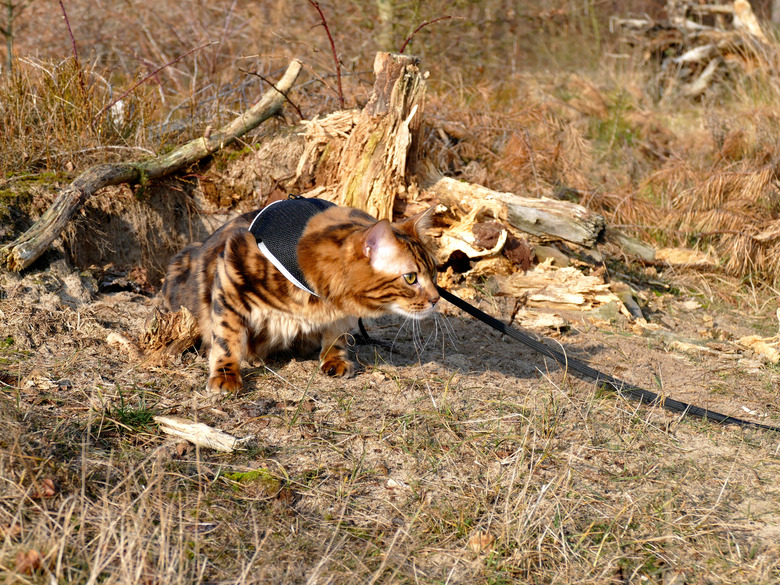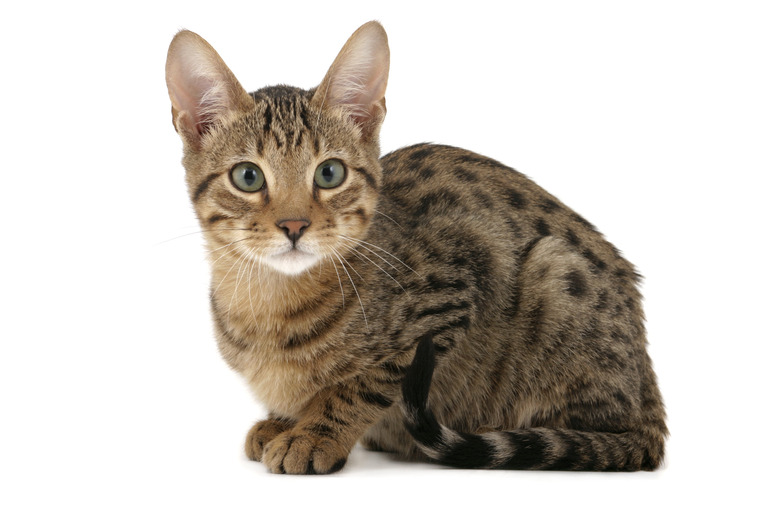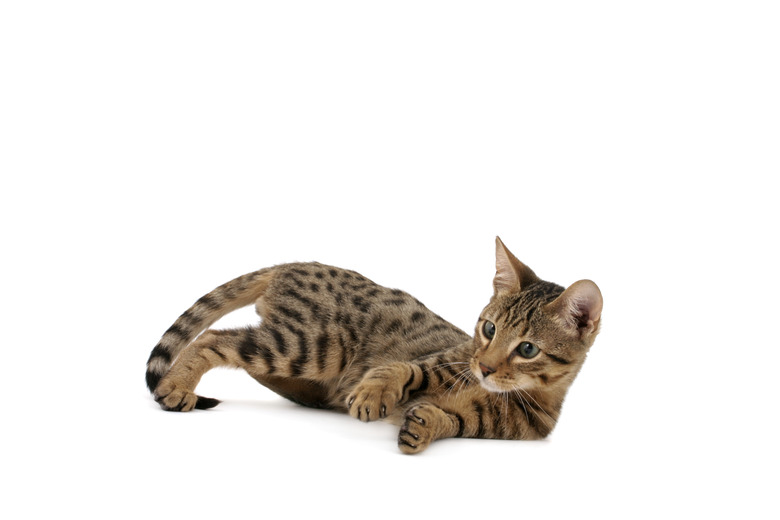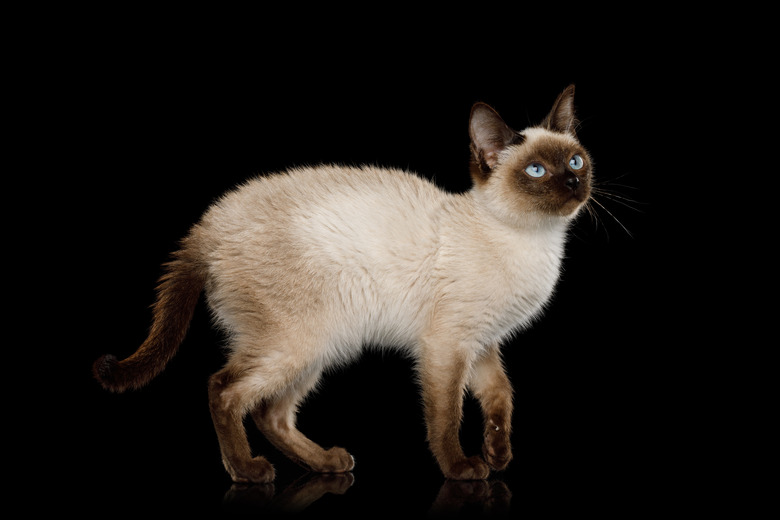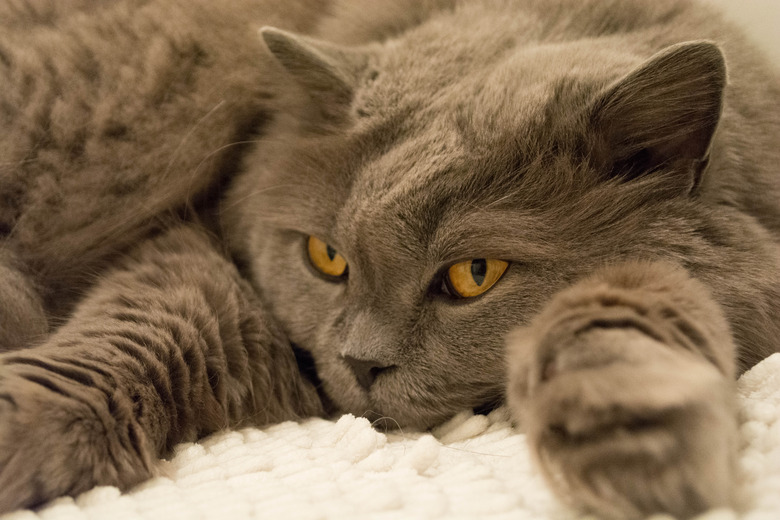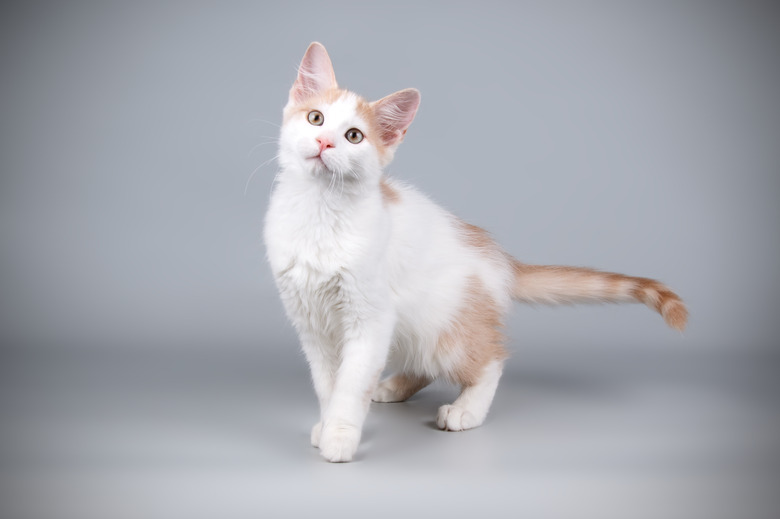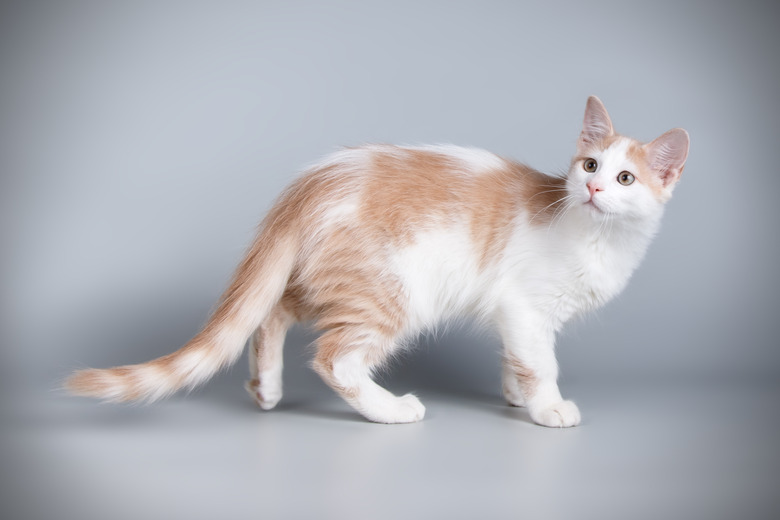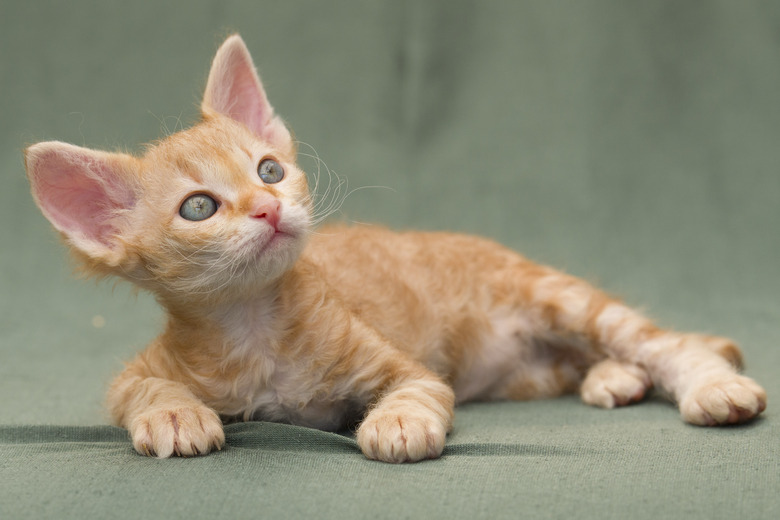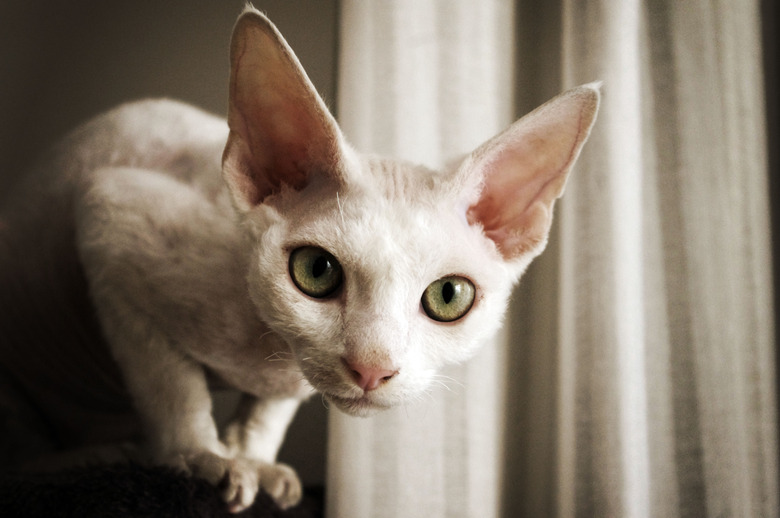What New Cat Breeds Are There? Plus Photos!
Most cat lovers have heard of cat breeds such as Persian, Siamese, Russian blue, Abyssinian, and Maine coon. Even the hairless sphynx has become more common in households across North America. But did you know new cat breeds are being added to the purebred list almost annually? Here are some of the newest cat breeds you might not have heard of yet: the lykoi, Bengal longhair, Serengeti, toybob, Highlander and Highlander shorthair, Aphrodite, and Tennessee Rex.
New cat breed registry
New cat breed registry
Both The Cat Fanciers' Association (CFA) and The International Cat Association (TICA) are organizations tasked with selectively registering new cat breeds and eventually creating room for them in the show ring. Documenting the history of specific cat breeds is the reason for a purebred cat registry, which is a resource for both breeders and cat lovers. Different cat organizations around the world employ different criteria to recognize new cat breeds.
A new cat breed occurs one of two ways: through an unexpected natural mutation or an intentional hybridization of two previously registered cat breeds, such as the Himalayan-Persian cross. Unexpected genetic mutations can result in new breed colors, skeletal changes, or new coat forms, such as the distinction between the Cornish Rex and the Devon rex. It's a natural mutation that is responsible for many of the most interesting new cat breeds.
The dog-like lykoi cat breed—sometimes called the "werewolf cat"
The dog-like lykoi cat breed—sometimes called the "werewolf cat"
If you love dog breeds, the lykoi might be for you. That's right, this breed of cat is named for a wolf. The lykoi has a canine look, hence the name, and is a product of breeding in favor of a recessive gene giving this cat its unique, scraggy look. The lykoi has wiry and patchy fur and is often hairless in places. This is also one of the few cats that molt seasonally — patches of fur fall out in random places, eventually growing back but leaving the cat looking cartoonish in the interim.
If that's not enough, this breed has two other unusual features: this domestic shorthair is often a roan color created when white and dark fur intermix. Until the lykoi appeared, roan was a common color for horses but not cats. Also, the lykoi is prone to tanning from sun or heat, after which their skin turns pink — a feature that makes them ideal indoor cats.
Accepted as an official championship status breed by TICA in 2017, lykois are high energy, and generally love people, but are not necessarily lap cats. True to their name, lykois are also known to get along well with the family dog but are also happy as the only pet.
The elegant Bengal longhair cat breed
The elegant Bengal longhair cat breed
Like the lykoi, the Bengal longhair cat breed also earned official TICA champion status in 2017. But unlike the lykoi, the Bengal longhair cat is not a result of a recessive gene, but a slight variation in the coat resulting in a new show ring class. The Bengal longhair cat breed is simply a purebred Bengal with longer fur.
The Bengal cat in general is the product of a distant breeding between a domestic cat and a wild Asian leopard cat. The result is the only house cat breed with rosette markings like a leopard. Today, Bengals are only mated with other Bengals, creating a richly colored, inquisitive, medium to large-sized domestic pet. The distinctive marbled or rosetted coat on both the long and short-haired Bengal adds to their popularity in the cat world.
If you love long-haired cats, but hate matting, then the Bengal longhair breed might be for you. Like the short-haired Bengal, the long-haired Bengal has a glittery silky sheen to their fur making it less likely to mat or tangle. Short regular brushings keep the coat of this new breed of cat well-groomed.
The wildcat-like Serengeti cat breed
The wildcat-like Serengeti cat breed
Some new cat breeds are a result of recessive genes or genetic alterations. Others are a hybrid of two existing breeds. The Serengeti is a hybrid, specifically a cross between the eye-catching Bengal and the Oriental shorthair. What results is a slicker more streamlined cat with the markings of a Bengal but the appeal of an African serval wildcat.
However, the Serengeti is not crossed with a wild cat but is designed to be the domestic equivalent — perhaps to offer a substitute for actual wildcat ownership. While still not a breed listed by the CFA, it is one being closely watched by TICA.
Serengeti, sometimes confused with a Savannah or ocicat, often sport the desirable markings of a Bengal but can appear in more color variations including lilac thanks to the Oriental shorthair influence. These are athletic cats with noticeably long legs and a vocal disposition.
The diminutive toybob cat breed
The diminutive toybob cat breed
The toybob cat breed is new to the purebred show circuit and still earning TICA Championship credibility, although they have been recognized by the CFA since 2019. This naturally small breed originated from Russia in the 1980s, though it is new to North American feline fanciers. This breed is ideal for cat lovers who want a cuddly kitten, both in personality and size, well into the cat's adulthood.
Similar to a bobtail, toybob cats come in all colors and variations, with fur ranging from short to medium length. As the name suggests, the tail is compact and kinked, but that doesn't impact the cat's natural agility. Toybobs tend to be active climbers despite short legs, preferring to perch in high places. Otherwise, they are not usually a high-energy domestic cat.
The stately Highlander and Highlander shorthair cat breed
The stately Highlander and Highlander shorthair cat breed
Interestingly, both the Highlander and the Highlander shorthair were specifically bred to achieve this breed's strong facial characteristics and overall size. Breeding cats chosen in 2005 to develop the Highlander lineage were not from any specific existing breed. But they were selected from a domestic gene pool that would result in a sloping profile, a sturdy size, and curly ears. While TICA lists the Highlander as an official breed, CFA as of now does not.
The intention was to create a breed (two breeds considering there is both a long and shorthair class) to resemble "big cats" such as lions and panthers. The Highlander nose is wide and the muzzle boxy. The ears sport loose curls on the top third, and the body is muscular and graceful punctuated by an expressive tail, which the Highlander sometimes wags like a dog.
The mighty Aphrodite cat breed — also called the Cyprus cat
The mighty Aphrodite cat breed — also called the Cyprus cat
It might be cheating a little to put the Aphrodite on a new cat breed list, even though cat breed organizations like TICA and CFA have only recently considered listing this impressive cat as a show ring option. This is because the Aphrodite isn't really a new to the world. Also known as the Cyprus cat, the Aphrodite has a history dating back 10,000 years.
The Aphrodite is one of the few naturally occurring cat breeds and hails from a mountainous region on the island of Cyprus. One of the largest cat breeds in the world, this muscular cat was once called the giant Aphrodite thanks to the fact it's possible for male cats to weigh almost 20 pounds.
An Aphrodite breeding program began in 2008 starting with feral cats. The results have been impressive, though the Aphrodite is still a rare breed slowly gaining recognition outside of Europe. The Aphrodite is strong and powerful, yet a surprisingly gentle and social cat, who prefers to cuddle with company than be left alone.
The shiny happy Tennessee Rex cat breed
The shiny happy Tennessee Rex cat breed
Finally, for those who love the rex varieties — the Cornish, Devon, Selkirk, and German rex — here's a rex from a new region: the Tennessee Rex. This cat breed, affectionately dubbed the t-rex, is a natural mutation discovered accidentally. In Tennessee, a stray cat gave birth to a litter and two of the kittens were born with unique red, shimmery, curly fur.
After some genetic investigation, it was determined that this coat anomaly resulted from a rare recessive gene. This discovery led to a new breed of rex cat now in the initial stages of TICA recognition. Considered not only new but rare, the Tennessee rex is hard to find from breeders.
The Tennessee rex looks like a rural cat. They can be any color but are usually red or white. Their defining characteristic is a satin finish or sheen to their fur that some mistake for an applied haircare product. The charming curls of the Tennessee rex are more pronounced on longhaired versions of the breed.
References
- Cat Fanciers Association: Acceptance and Advancements of New Breeds and Colors
- The International Cat Association: Bengal Longhair Breed
- Cat Fanciers Association: The Toybob
- The International Cat Association: Highlander Breed
- Caster: Meet the Serengeti Cat
- The International Cat Association: Aphrodite Breed
- Cats: Tennessee Rex Cat
- Catster: The Lykoi
